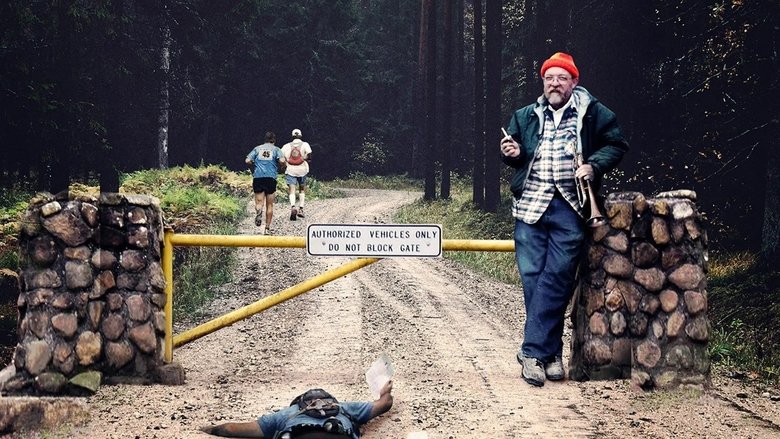The Barkley Marathons: The Race That Eats Its Young
Genres
DocumentaryHistory
OverView
In its first 25 years only 10 people have finished The Barkley Marathons. Based on a historic prison escape, this cult like race tempts people from around the world to test their limits of physical and mental endurance in this documentary that contemplates the value of pain.
Others
Budget
$--
Revenue
$--
Status
Released
Original Language
English
Runtime
90 mins
Rating
7.4/10
Release Date
26 October 2014
Country
United States of America



